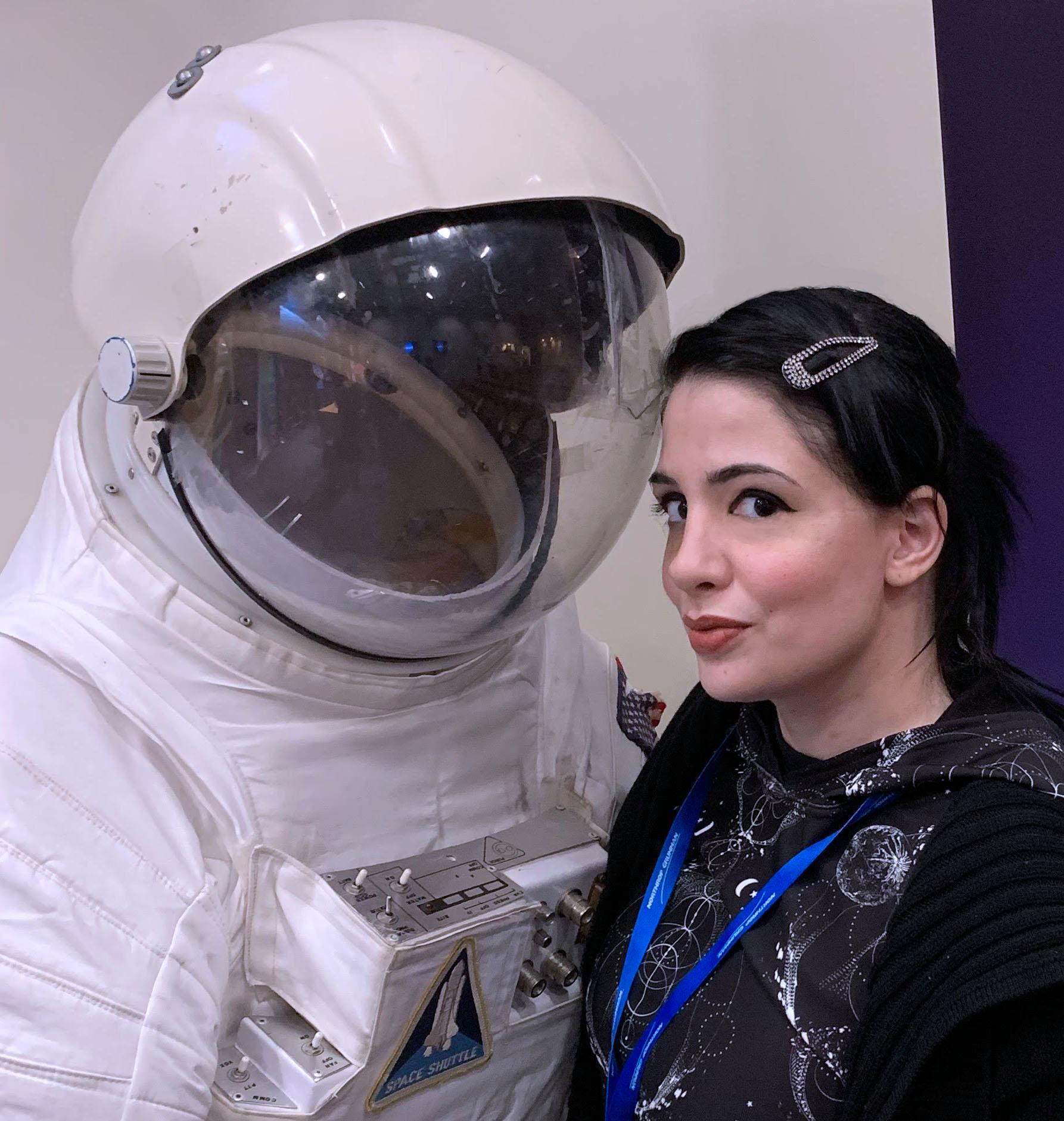Epic galaxy collision hints at answer to missing matter mystery
Why is there so much matter missing in the universe?

While the question of why is there so much matter missing from the observable universe may sound like a dark matter problem, it gets weirder.
There is another reason that scientists keep running into vacancies when searching for all the matter in the universe. It is thought that a third of baryonic matter (the detectable kind) still hasn't shown up. Within a billion years after the universe was born, this mass supposedly emerged, so it should be hiding several billion light-years from Earth.
Astronomers who have been using NASA's Chandra X-ray Observatory to watch galaxies on a collision course in the cluster Abell 98 have now found what is probably evidence of the missing matter. Though evidence is rare, the recent Chandra observations reveal X-rays being emitted from what might be this missing matter in the middle of two merging galaxies creeping towards each other in Abell 98, which is in the right zone, 1.4 billion light-years from Earth. Gaseous masses of hydrogen, helium and other elements that had gone undiscovered appear to be connected by the X-ray emissions.
Related: Chandra Space Telescope: Revealing the Invisible Universe
"Finding these filaments of missing matter has proven to be exceptionally difficult, and only a few examples are known," lead Arnab Sarkar of the Harvard & Smithsonian Center for Astrophysics (CfA) said in a statement. "We are excited that we have likely pinpointed another."
"We think this shock wave is an important discovery because our models have predicted such features should be there, but we haven't seen one until now," said CfA astrophysicist and co-author Scott Randall, in the statement. "They're a key part of the early collision process that will eventually lead to a merger of the clusters."
Between galaxies and galaxy clusters are monstrous filaments of hot gas known as the "warm-hot intergalactic medium" or WHIM. It was previously suspected that the matter which had gone unknown lurked in regions like this.
Get the Space.com Newsletter
Breaking space news, the latest updates on rocket launches, skywatching events and more!
WHIM, which is the mass of 400 billion suns, swirls with both hot and cooler gases as predicted, with some of its hottest gases reaching nearly 36 million degrees Fahrenheit (19.9 million Celsius) probably resulting from the collision in progress. The gas could have also possibly been heated by a shock wave that arose as gravity overpowered and pulled the smaller cluster closer and closer to the larger cluster.
Shock waves are another thing that had been predicted before, but never actually seen until these observations. Disturbed particles in matter will vibrate and crash into each other when a shock wave passes through them. (Thunder is a type of shock wave.) Galactic mergers, such as the immense one in Abell 3667, are highly energetic and can traverse millions of light years.
Chandra may have picked up on the WHIM in Abell 98 because its gas was heated to extremes by a shock wave. That shock wave is also especially rare because no one has ever caught this phenomenon happening so early on during the merging of two galaxies.
The research is described in a paper accepted for publication in The Astrophysical Journal Letters.
Follow us on Twitter @Spacedotcom or on Facebook.
Join our Space Forums to keep talking space on the latest missions, night sky and more! And if you have a news tip, correction or comment, let us know at: community@space.com.










